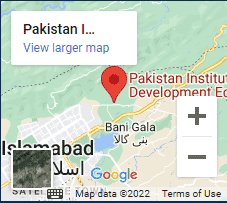THE PAKISTAN DEVELOPMENT REVIEW
Landlessness and Rural Poverty in Pakistan
Poverty imposes a repressive weight on Pakistan particularly in rural areas where almost one third of population and majority of the poor live. Although poverty has declined during the 1970s and 1980s, the absolute number of poor has increased substantially since the 1960s. Despite a number of policy initiatives and programmes undertaken for poverty alleviation by various governments, absolute poverty particularly in rural areas continued to rise in Pakistan during the 1990s. Much has been written about poverty in Pakistan so far. A number of attempts have been made by various authors/institutions to estimate the rural poverty in Pakistan in the 1990s. Discussions have remained limited to estimating the regional and provincial trends for rural poverty in Pakistan. Although landlessness and rural poverty in Pakistan received significant attention in the 1970 and 1980, discussions on this issue remained limited in the 1990s. Landlessness and rural poverty are closely linked since land is a principal asset in a rural economy like Pakistan. Landlessness to agricultural land is considered to be the most important contributor to rural poverty. A high concentration of landownership is a major constraint to agricultural growth and alleviation of poverty. There is a general perception that highly skewed distribution of land in Pakistan is one of the important causes of widespread poverty particularly in rural areas.



